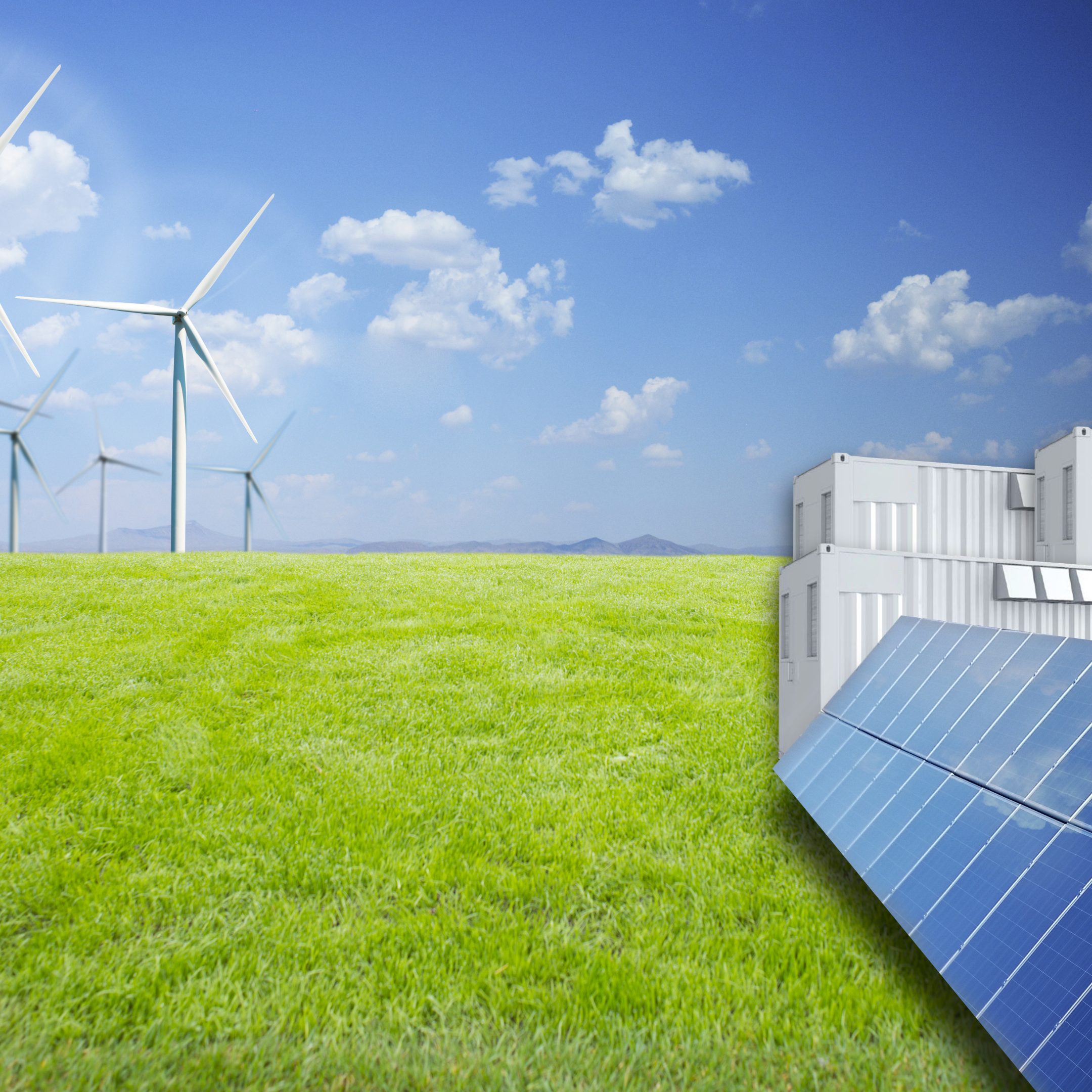
Yallourn is the latest coal fired power station to be taken offline as it has been impacted by the flooding in Gippsland’s Latrobe Valley. The flooding has stopped production at the Yallourn Coal mine. The power station, operated by Energy Australia, has been operating at minimum level to conserve coal and this will continue until coal production resumes.
Part of the coal conservation strategy has been to shut down units and operate the remaining unit at minimum levels. This is not the first time Yallourn has been impacted by flooding. In 2012 the nearby Latrobe River broke its banks and water flowed into the mine shutting down operations for weeks.
Unlike the situation we had in Queensland a few weeks ago, there was no need for load shedding. AEMO made a statement outlining there was no supply problem in Victoria. The six remaining coal fired units at Loy Yang remain online and not materially impacted by the flooding.
As occurred in Queensland, other generators filled the supply gap, Newport Gas fired station ramped up as Yallourn shut down units. Jeeralang power station operated at full capacity over the following evening peaks after the Yallourn units were taken offline and other units adjusted their bids to generate more if required.
Similarly, to the Queensland event, when the thermal units were taken offline there was insufficient renewable generation to fill the gap resulting in gas powered generation filling the shortfall.







 Earlier in the week Richard announced that Stanwell had long term plans to transition from a largely coal fired generator to a renewable energy and storage business.
Earlier in the week Richard announced that Stanwell had long term plans to transition from a largely coal fired generator to a renewable energy and storage business.


